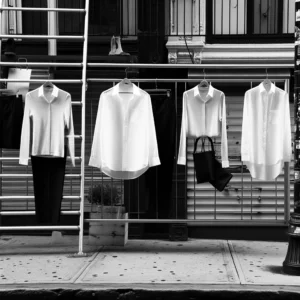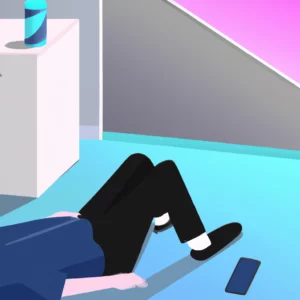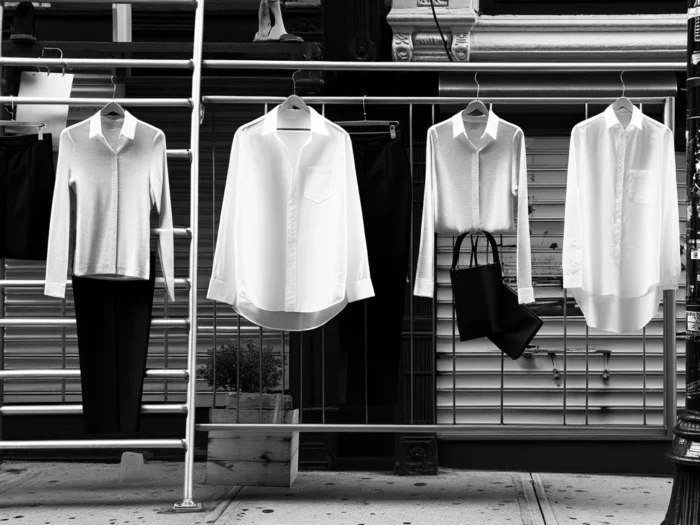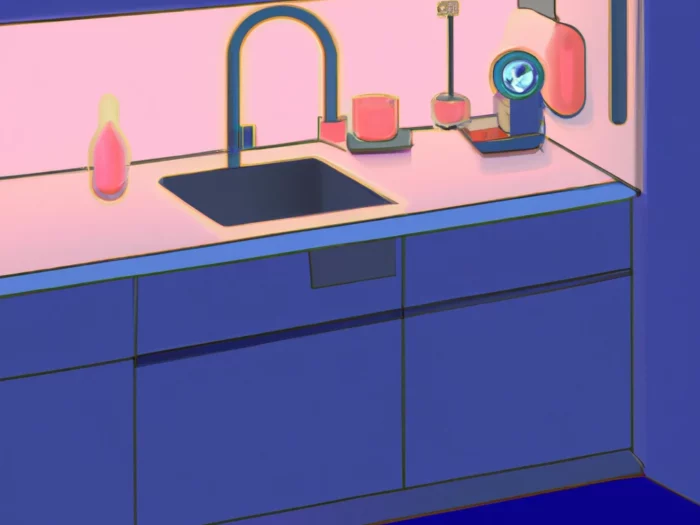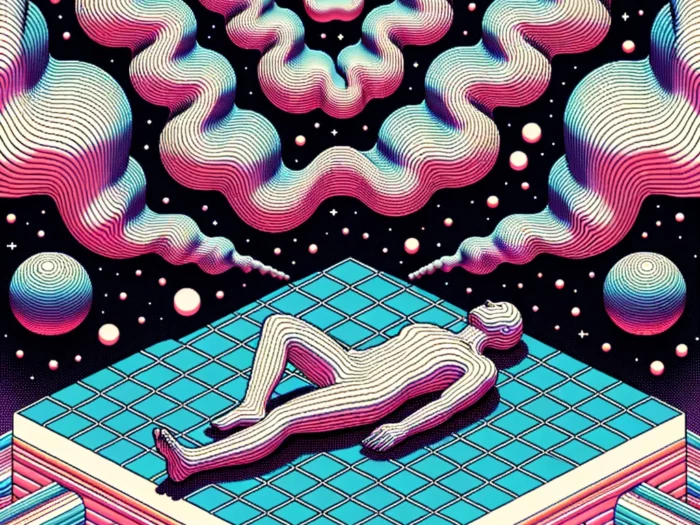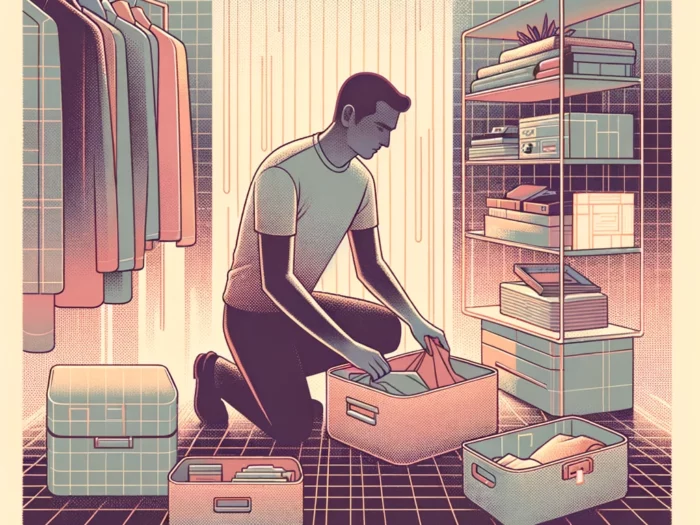
Today’s post is a guest post by Lee Ann Bisulca.
I didn’t choose minimalism. A couple years ago I watched a documentary on minimalism and I realized, That’s how I live already.
For years I’d been simplifying my life—ruthlessly. I have a chronic illness. It affects my ability to work, to manage daily living, and to pursue major goals. When I came across the documentary, I was feeling a lot of shame about the downsizing I had done in order to stay within my physical, emotional, and financial limits.
For example, I had moved to an unglamorous city with a low cost of living (but stunning natural surroundings). I lived in an aging one-bedroom apartment (in a neighborhood I loved). I had stopped attending church (so I could rest on Sundays). My only electronics were a cheap smartphone and an inexpensive laptop (yet I somehow managed to run a freelance editing business and stream all the TV shows and music I needed).
I had been paring down my lifestyle for years, and the simpler things got, the more I found myself in tune with who I wanted to be. Yet I struggled with feeling like my life was somehow substandard. When I learned about minimalism, I was finally able to give myself permission to live how I was already living.
I don’t follow minimalist blogs (except this one). I don’t read about minimalism or listen to podcasts. But I consider myself a minimalist. The term provides definition, structure, and even validation to the lifestyle choices I make in response to my chronic illness. Here’s what I mean.
Minimalism Is About Living Within Limits
My limits are comparatively extreme. Low energy and chronic symptoms limit my ability to work, socialize, and even just get out of my apartment. it’s tough, but it was even tougher when I was fighting against my limits rather than providing myself with the rest and self-care I needed. Having a small home is one way to respect my limits. Not only is it less of a drain on my finances, but I don’t expend as much energy as I used to cleaning or walking to different rooms.
Minimalism Is About Manageability
Minimalism isn’t just about living at the edges of our limits; it’s about pulling within those limits so that we have plenty of resources for whatever it is we want to do. Whitespace—whether it’s in our physical environments, our schedules, or our too-busy minds—allows us to breathe, to find balance, and to enjoy. Despite my illness, I can still be happy and tranquil thanks to that whitespace. In turn, the breathing room gives me extra capacity to handle difficult symptoms and other challenges.
Minimalism Is About Streamlining Life
Most of my time goes toward work and rest. I have few resources to spare for things that other people take for granted, like dating, hanging out with friends, spending a couple hours at the mall, or pursuing a strenuous hobby. So, I try not to waste what resources I do have. I regularly set and evaluate short- and long-term goals. Through awareness of those goals and my personal values, I can make daily choices that orient me in the right direction, allowing me to make progress even when it feels all I’ve done for three months straight is lie on the couch watching Netflix.
Minimalism Is About Letting Go
There is a lot I’ve had to let go of as a result of my illness. I used to think this was unfair, and it’s true that there’s a certain degree of injustice in it. But in the end? I think that human beings have far fewer needs than we like to believe. Possessions, activities, and accolades can be great, but they aren’t everything. As pared-down as my life is, it has all the essentials: food, shelter, meaningful work, loving relationships. Some people don’t even have that. I’m grateful to have exactly what I need.
Minimalism Is About Enjoying Life
I’m happy to say that there are some things I haven’t had to give up. For example, I’ve always loved to travel, and despite the many challenges (and, sometimes, miserable symptoms) that chronic illness adds to travelling, I’ve been able to continue taking wonderful trips. When I was younger and healthier, I traveled very cheaply. Now, I splurge a little to accommodate my illness (such as staying in a comfortable hotel or upgrading my seat on a long flight). My daily life might look rather spare and ordinary, but that means I have more money and energy to spend on visiting new places and bringing inspiration back home with me.
In the end, I think minimalism is one way to be more deeply human. And thankfully, not everyone has to follow the chronic illness path to get there!
Today’s post by: Lee Ann Bisulca is a freelance editor. (Check out her website, www.illuminationsediting.com.) She was diagnosed with Lyme disease in 2009. A native of the northeast, she has lived in California’s Central Valley for the past two years but is about to relocate to Albuquerque.





